5 solutions to 5 common electrical cabling problems in interiors lighting
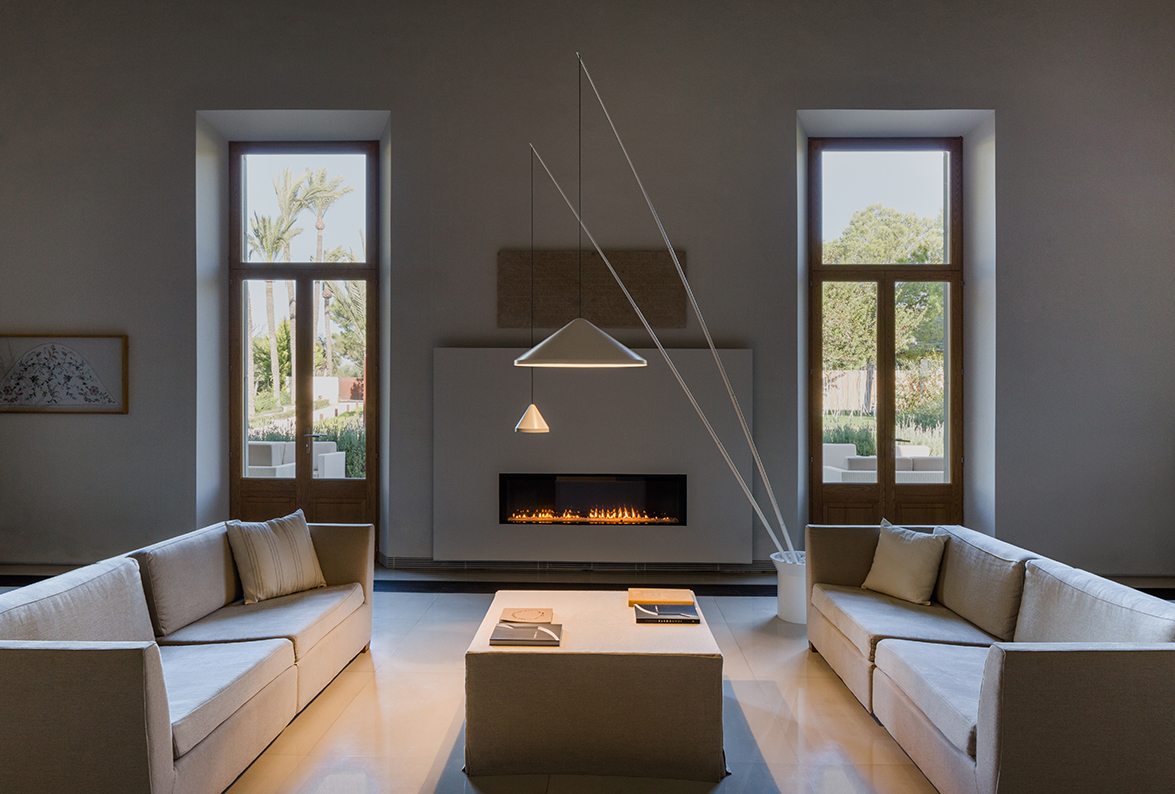
Spanish lighting company Vibia shows a detailed description and its solution to the most common problems that we can encounter during a interior lighting project, related with electrical installation -where the cables are routed and where the fittings can be placed- curbing your creative freedom and preventing you from placing lighting points exactly where you need them.
Cabling problems are most common in:
• Listed or protected buildings
• Refurbished spaces
• Structures that lack sufficient space for recessed light fittings
• Exposed concrete, brick, or wood ceilings
In these cases, it can be complicated or even impossible to hide the cables within wall chases or suspended ceilings, requiring alternative approaches and innovative solutions.
THE ROLE OF A LIGHTING DESIGNER
Having an experienced lighting designer oversee your project and ensure proper execution is one of the best ways to avoid these kinds of installation and routing issues. But even without such professional help, you still have a range of options.
PROBLEM 1: LISTED BUILDINGS
Listed or protected structures often are limited in terms of cable routing, both along the ceilings and the walls. A common solution is to use floor or table lamps instead because they are portable and don’t need to be fixed in any one place. Floor lamps with an arc form can provide light from above, mimicking the effect of a central ceiling light. Existing sockets can be used for this or they can be added in specific locations, hidden within skirting boards, cornices, doorframes, or integrated into furniture.
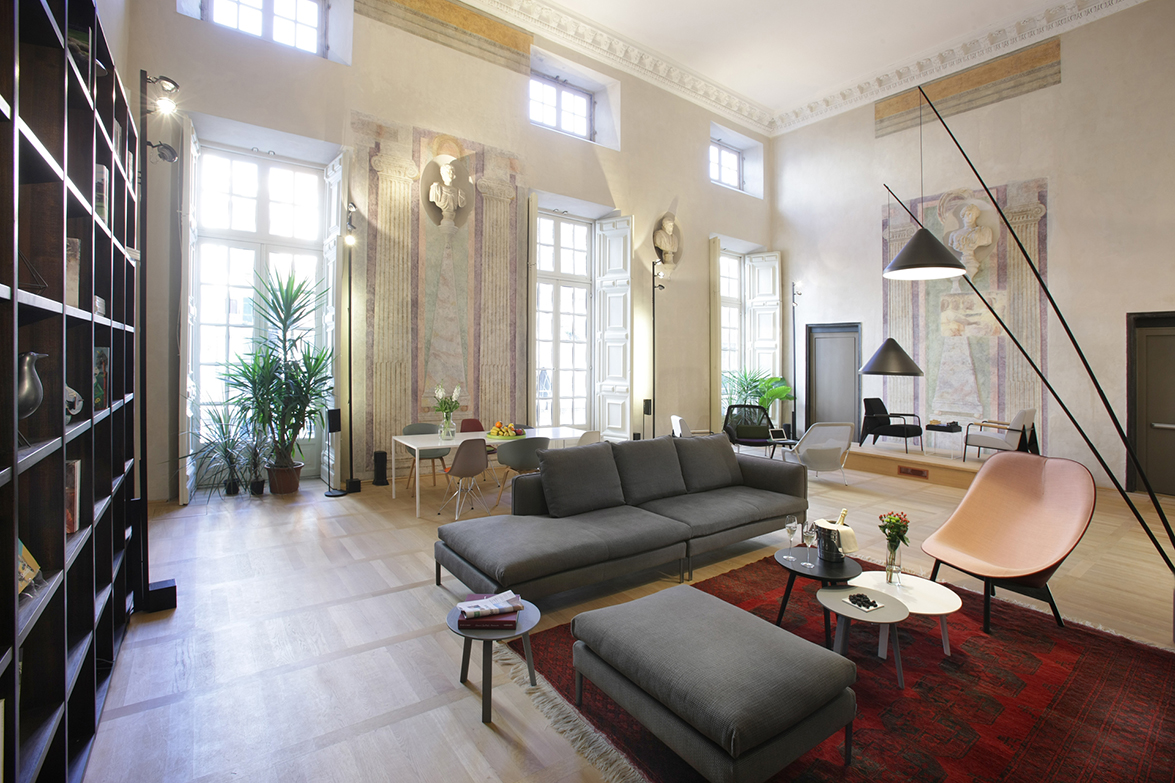
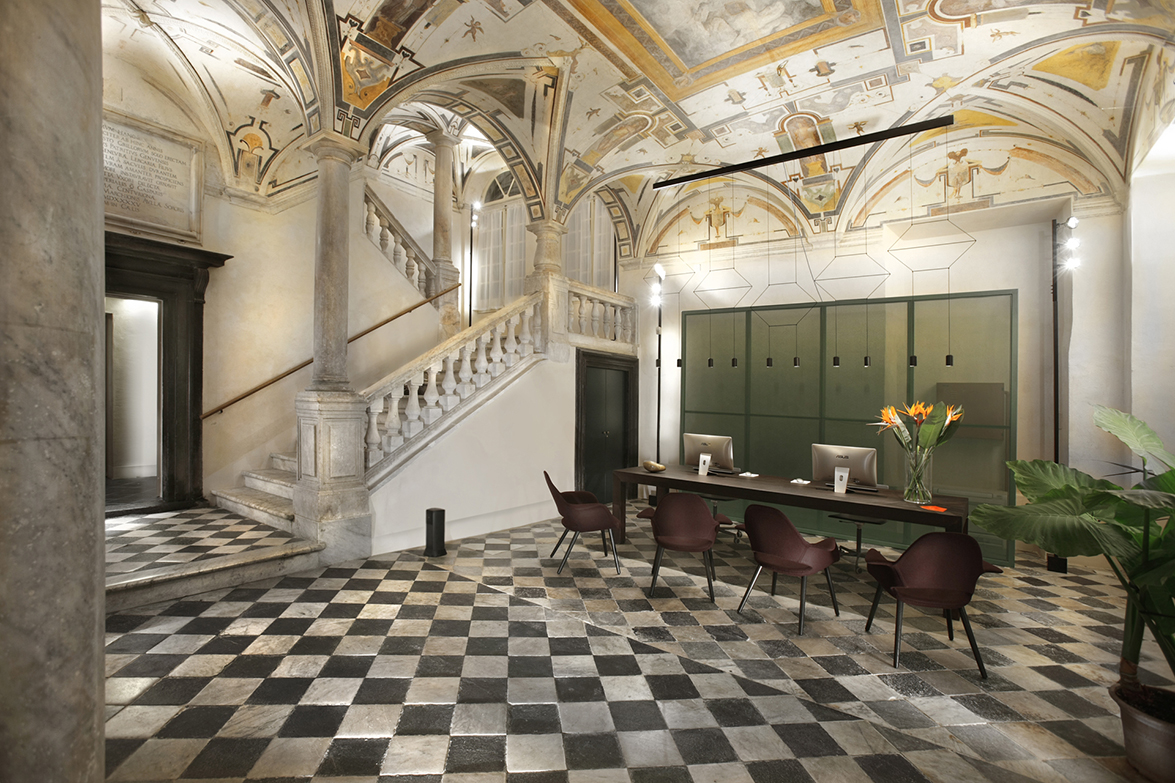
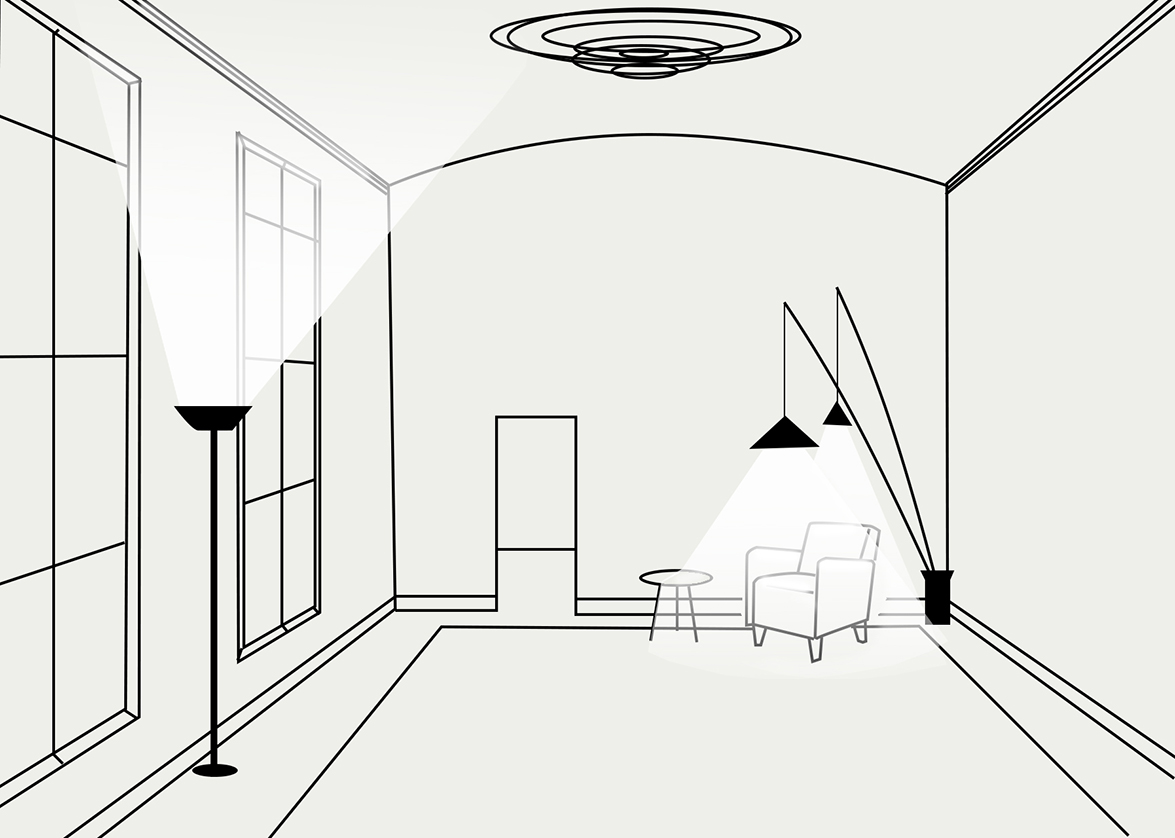
PROBLEM 2: REFURBISHED SPACES
Cable routing can also be challenging in refurbished spaces. If there are existing ceiling lights but they are poorly placed, it's sometimes possible to take a cable from the lighting point and move it to where it's required.
This will create a line across the ceiling, but if it's carefully positioned it won’t detract from the aesthetics. You can do the same with existing wall lights, but it's best to hide those cables within cornices or furniture as leaving a hanging cable on the wall typically mars the look of the room. In areas without ceiling or wall cabling, floor and table lamps are a good option.
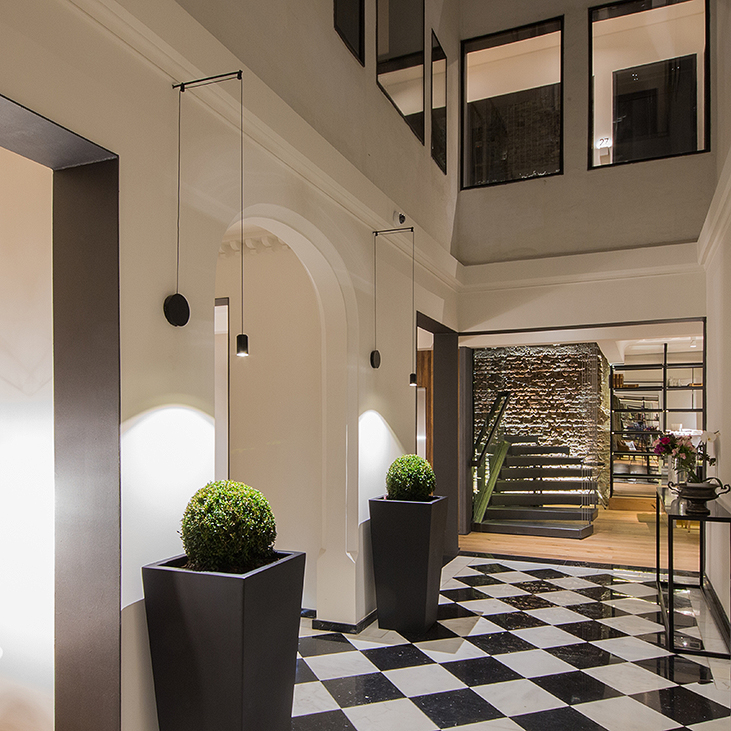
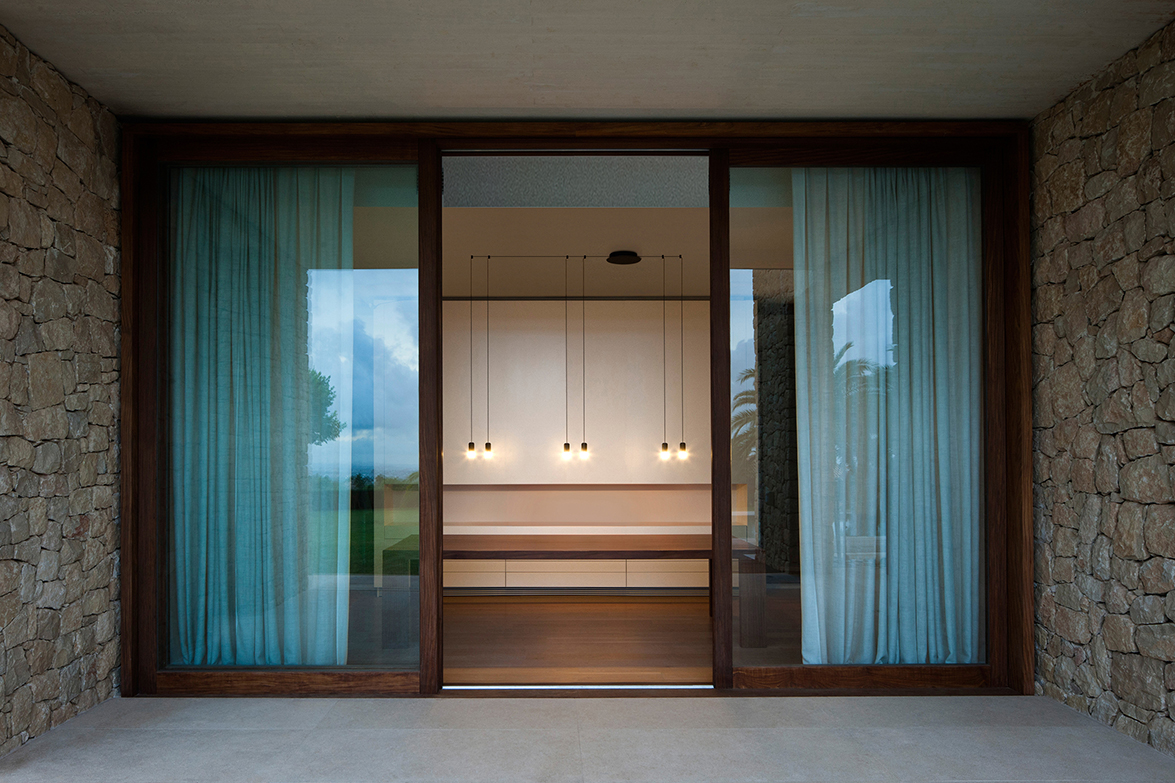
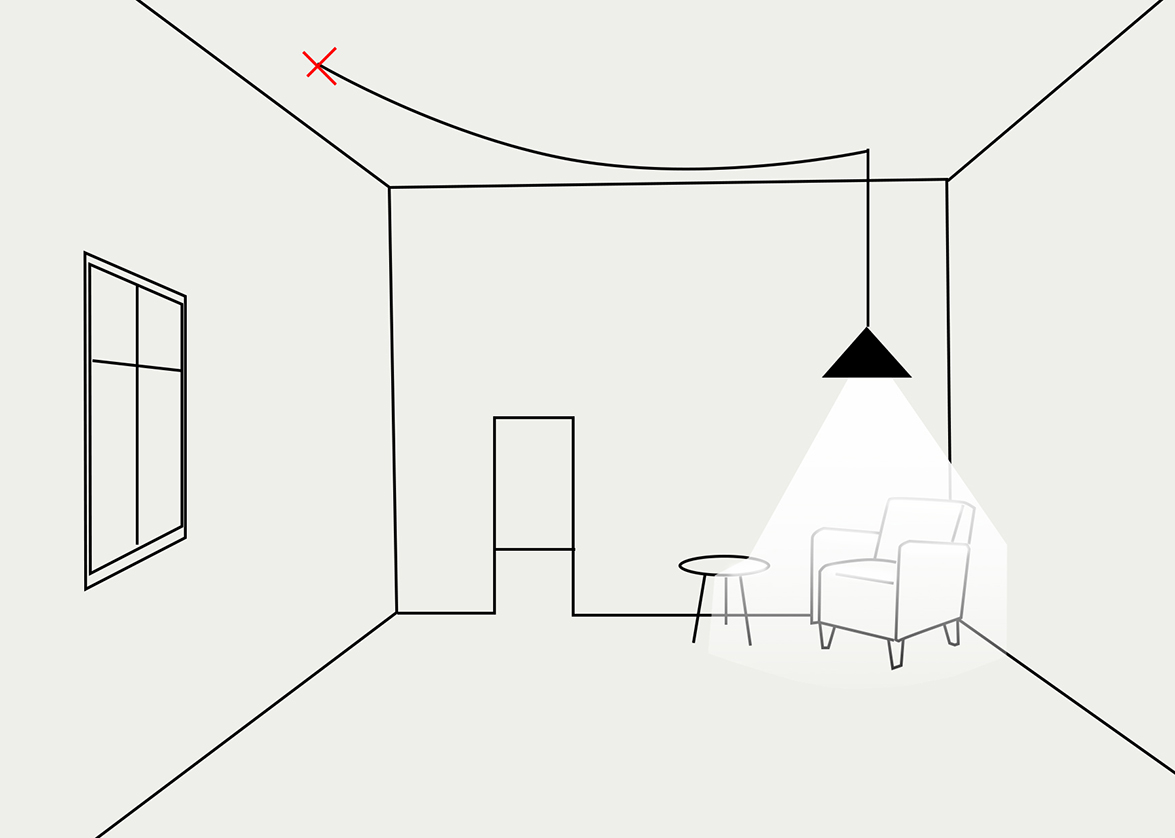
PROBLEM 3: SUSPENDED CEILINGS
With suspended ceilings that don’t have room for recessed lighting, there may still be enough space to add simple cables. In that case, you can add surface-mounted luminaires that provide direct downward lighting, or rely on wall lights if wall cabling exists. Floor and table lamps can complement this lighting scheme or act as the primary lighting source if cabling proves impossible.
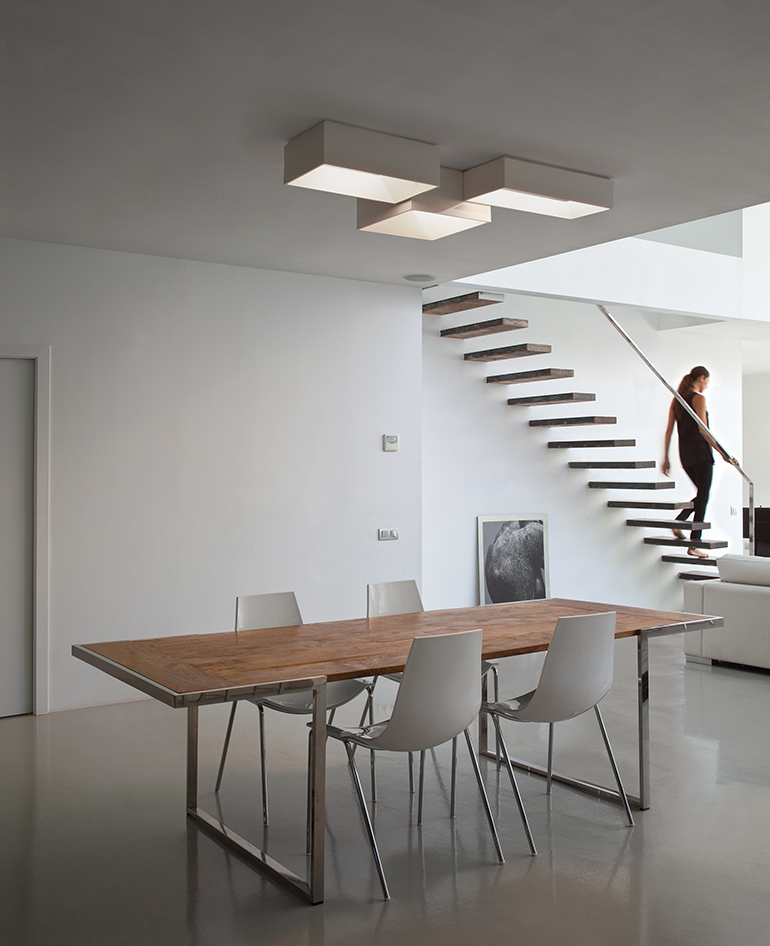
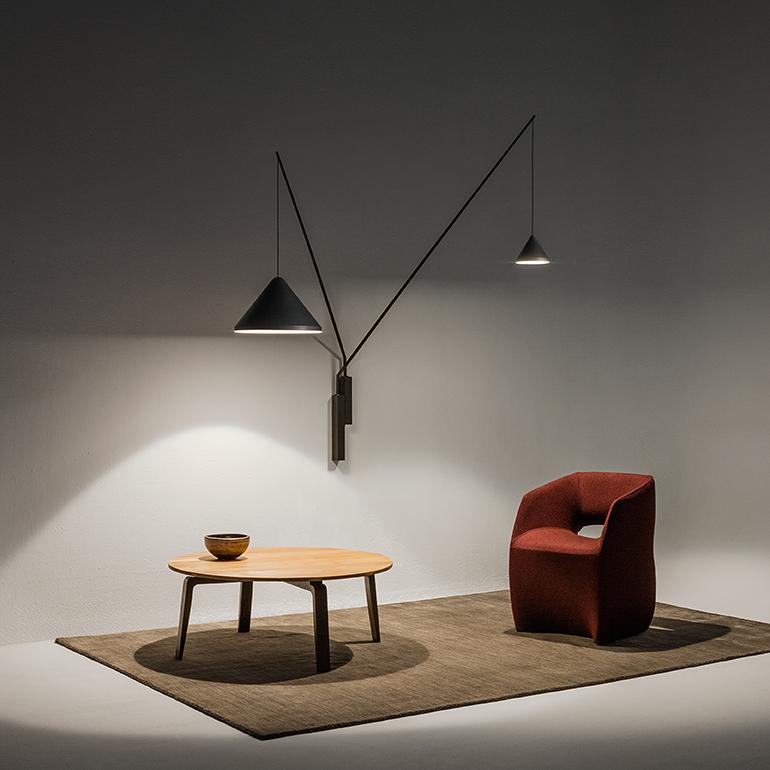

PROBLEM 4: EXPOSED CEILINGS
Exposed ceilings typically don’t allow for built-in or hidden cabling, and adding cables to this type of ceiling usually mars the overall appearance. That means ambient lighting sources, such as wall, floor, or table lamps are the best approach.
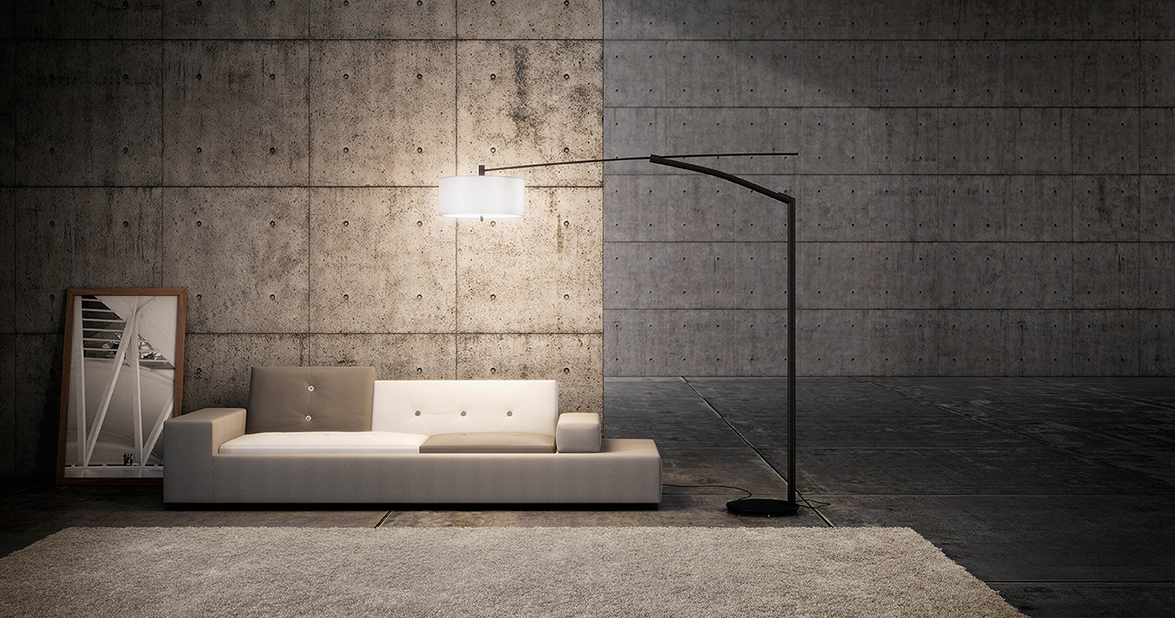
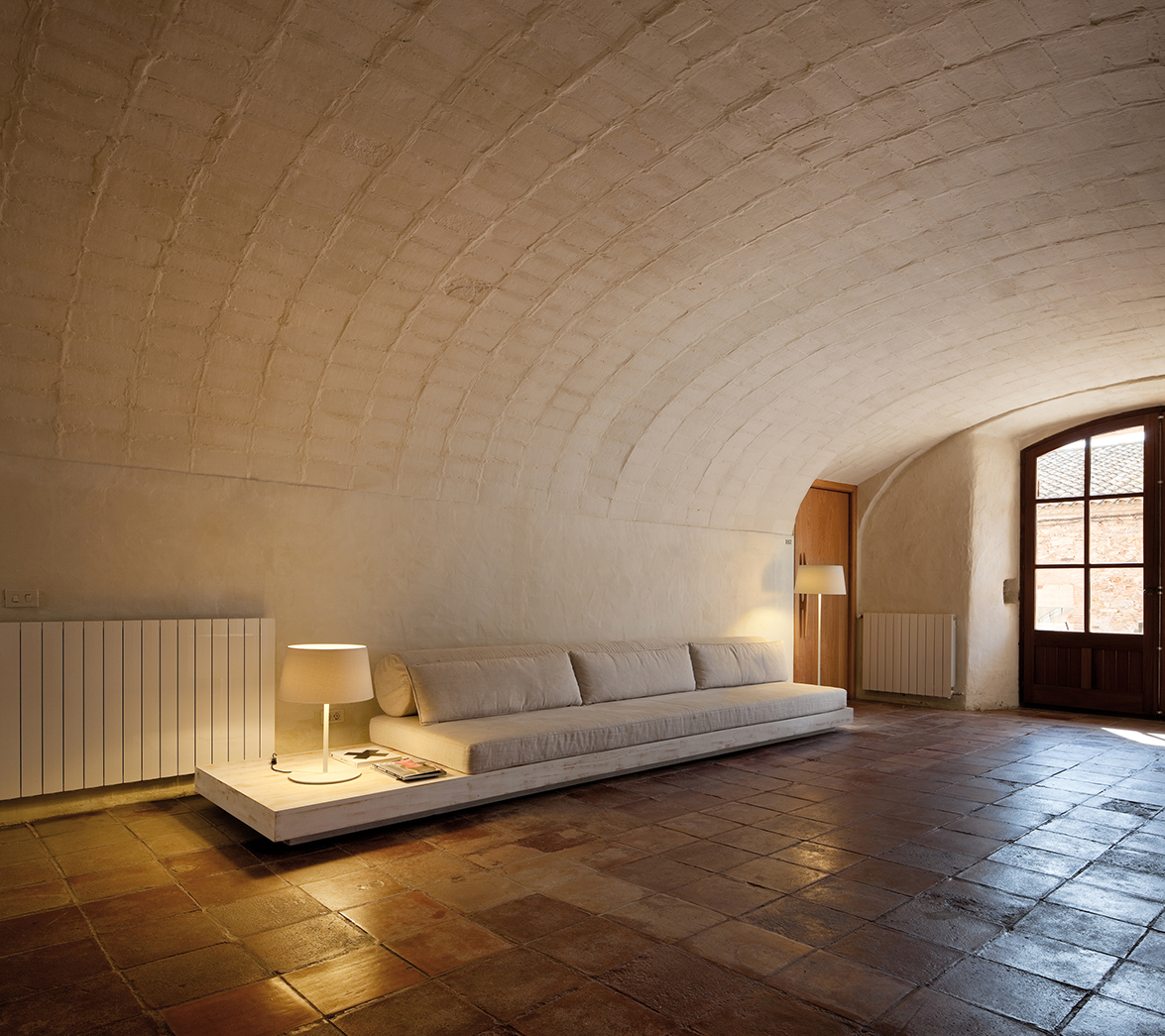
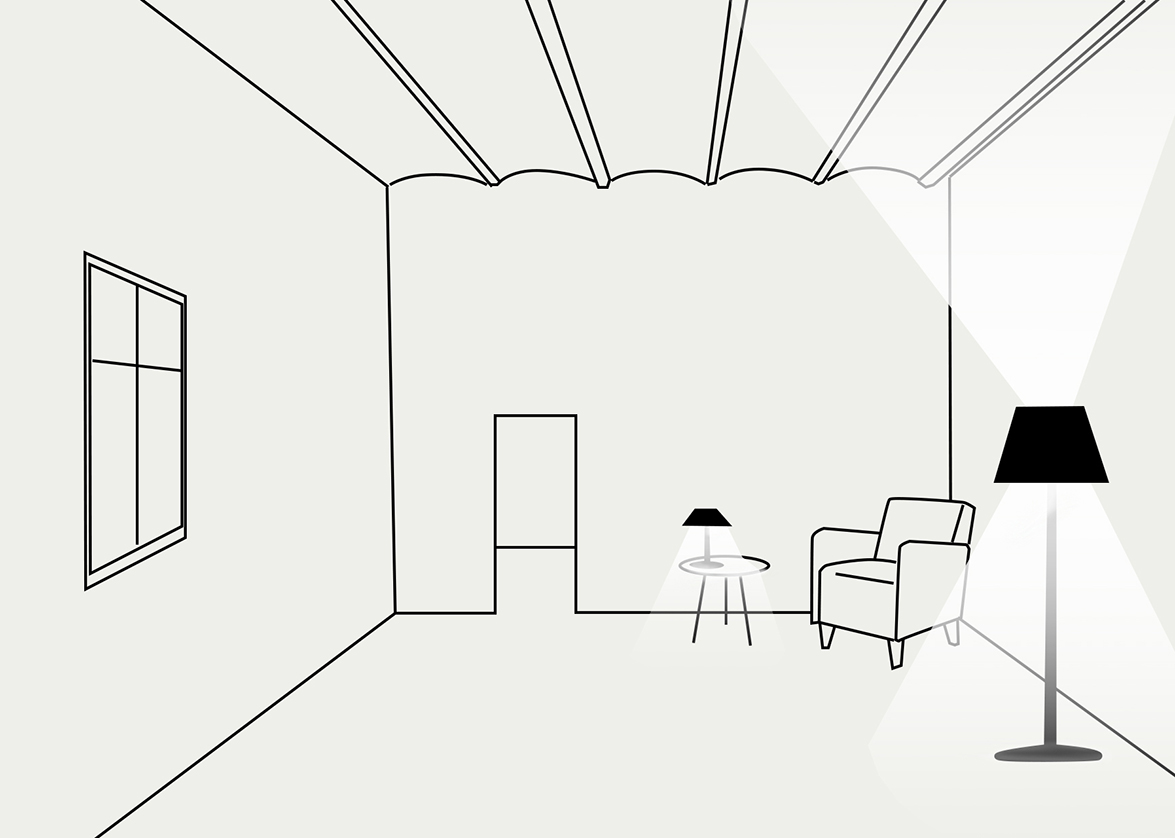
PROBLEM 5: CABLING AS CREATIVE DESIGN
Another strategy is “if you can’t beat them, join them.” In other words, if you can’t hide the electrical cabling then put it on display, treating it as another element of your overall design. This tends to work best when there is an industrial or high-tech aesthetic rather than a traditional environment. It requires carefully considering scale, proportion and appearance, as you would with any other design element, including where the cables will be placed, their length, diameter and the spacing between connections to ensure the configuration is both attractive and orderly. Electrical cabling might be inserted in a visible pipe with an attractive finish such as copper or aluminium. Or, electrical trays in aluminium could be used to accommodate cabling. If your space has high ceilings, another option is to paint both ceiling and cables (and any other technical installation such as air conditioning) in the same colour. This would make them disappear visually and is compatible with different kind of interior design styles.
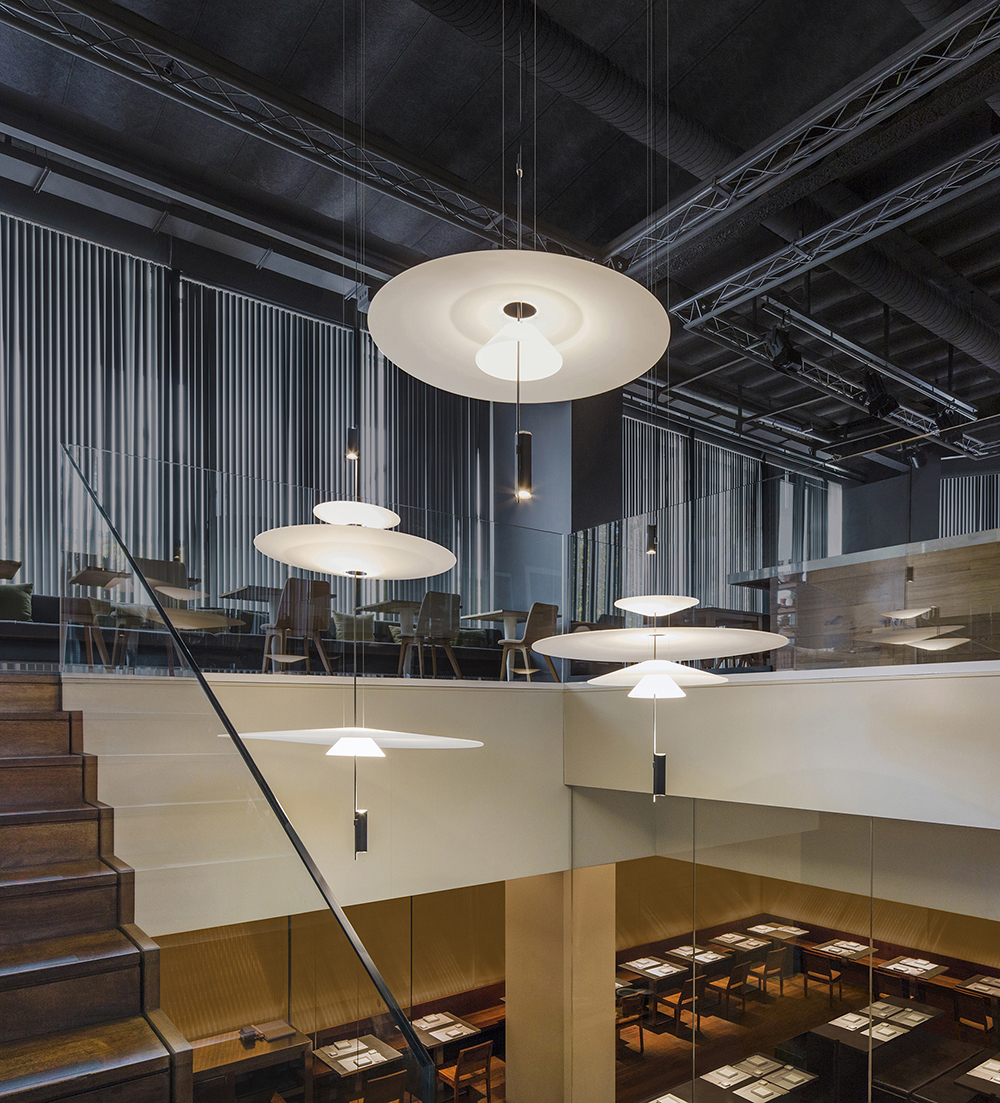
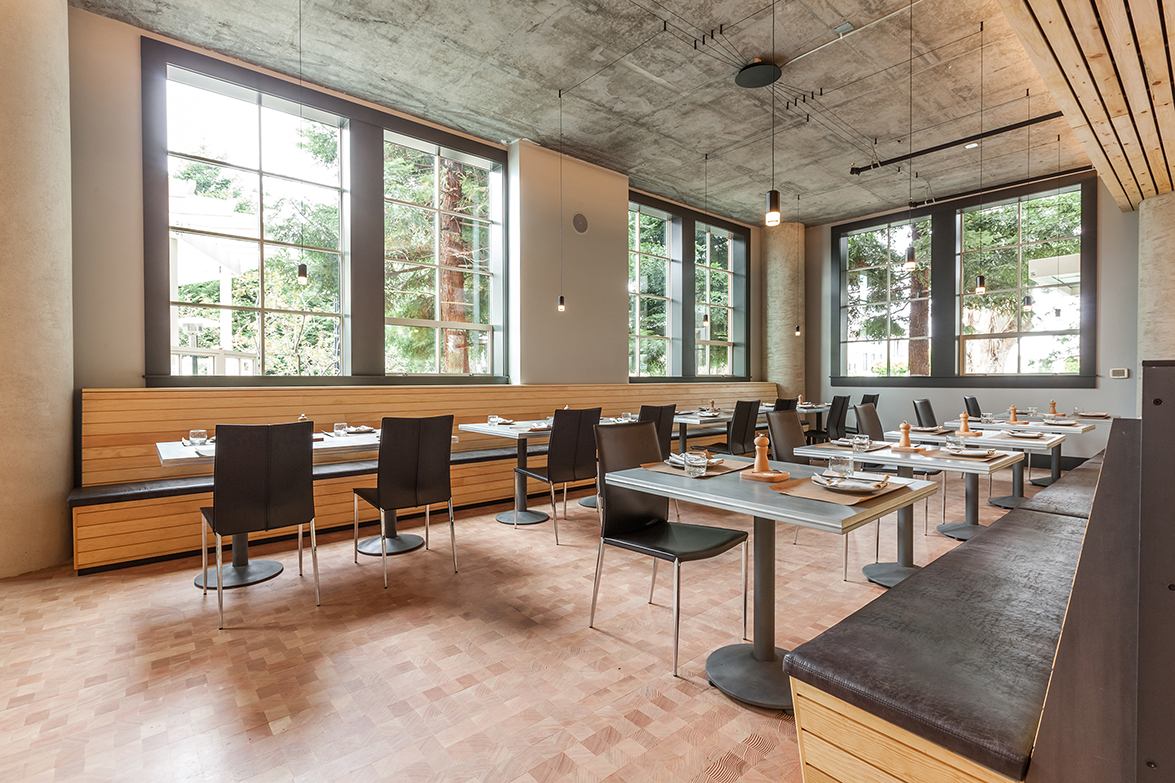
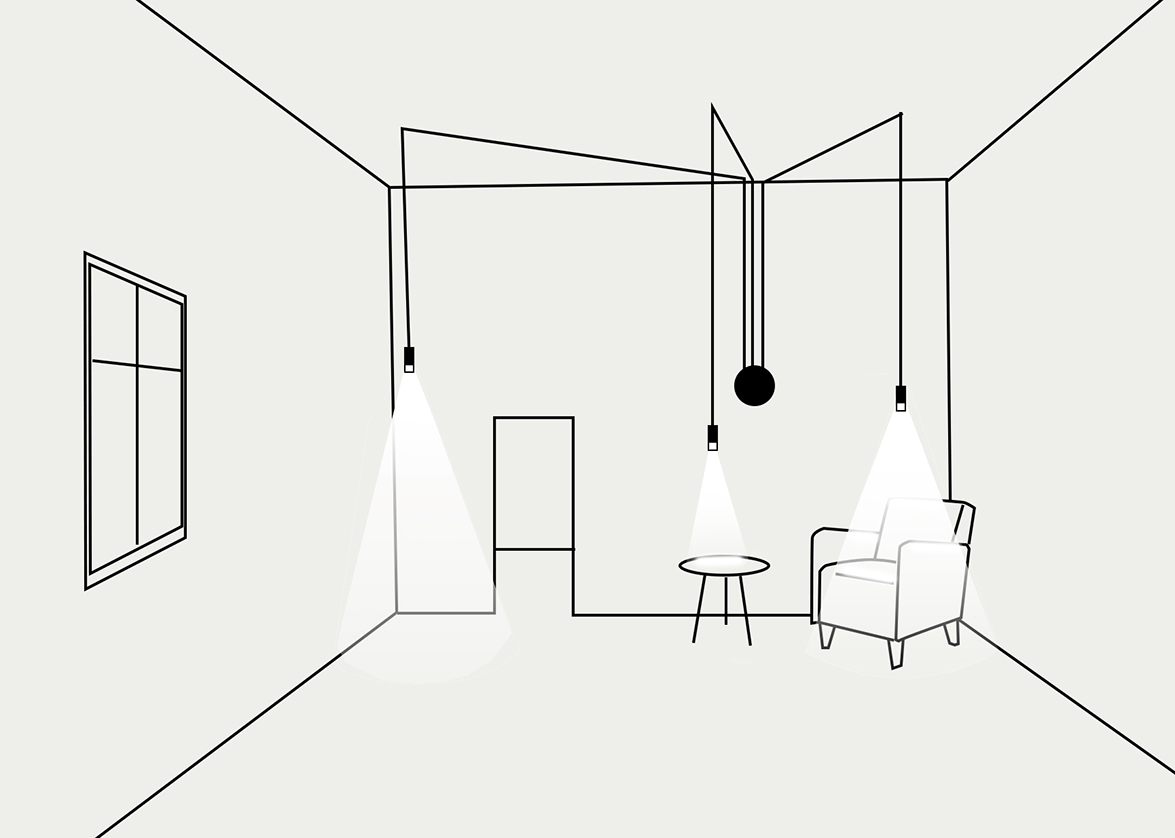
Cable layouts don´t need to be straight to be perceived as orderly. A current trend is to create curved or more playful configurations, while covering the cable in a coloured material of your choice. These arrangements typically originate from a single point, extending in different directions, like a web or in a daisy-chain fashion.
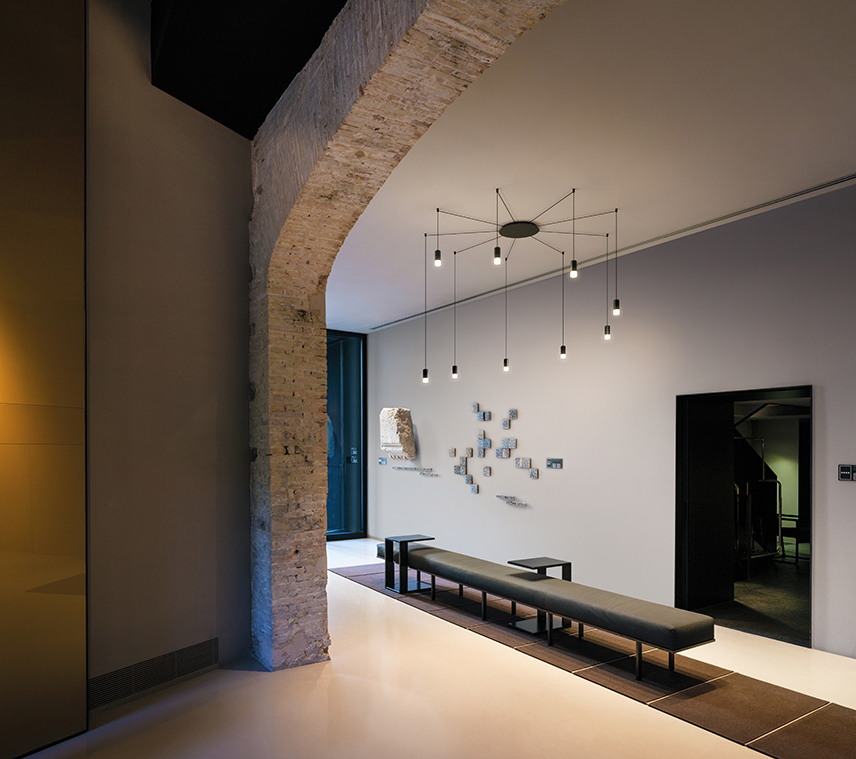
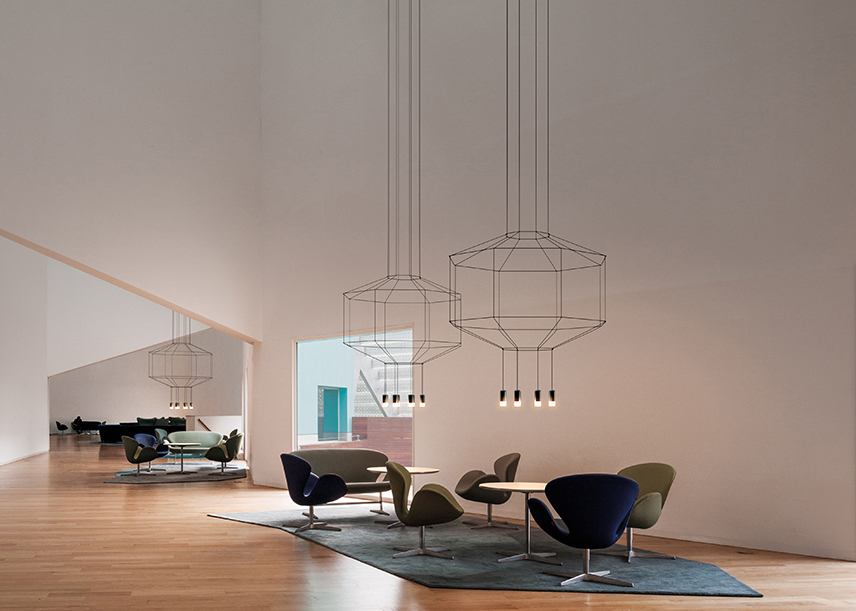
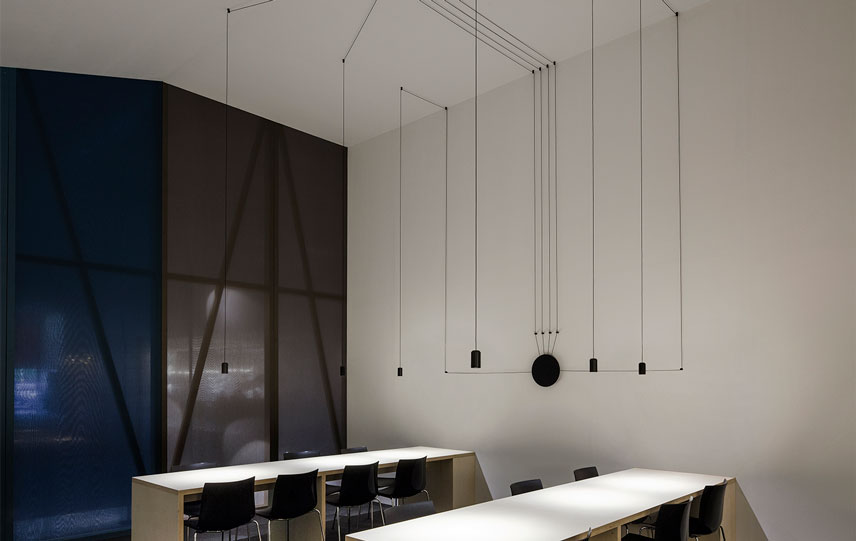
Source: Vibia
Read more news related Vibia published at Infurma
Visit the Vibia website
News Infurma:
Online Magazine of the International Habitat Portal. Design, Contract, Interior Design, Furniture, Lighting and Decoration
